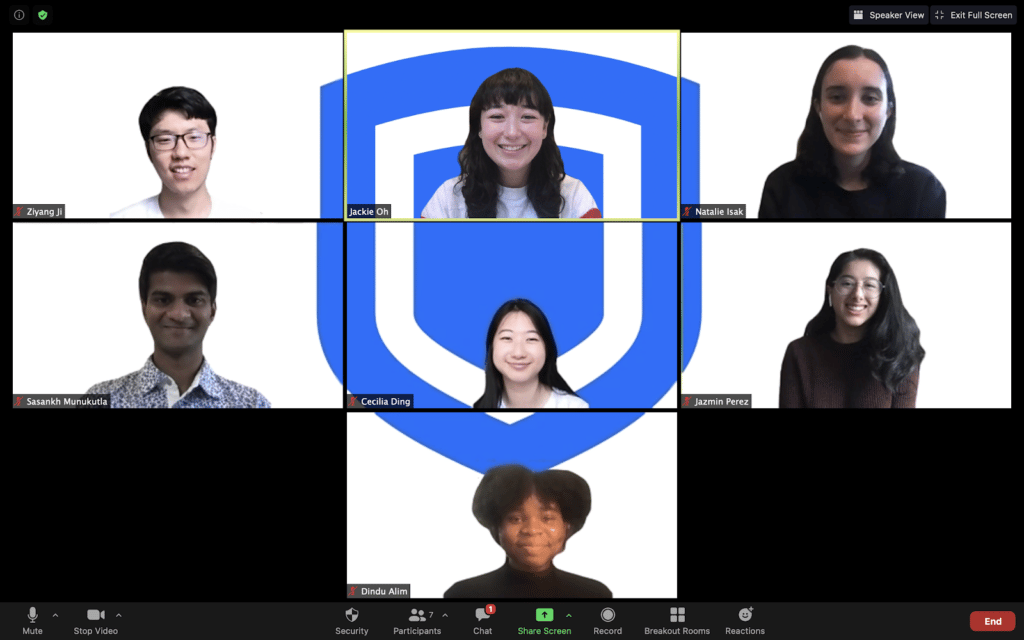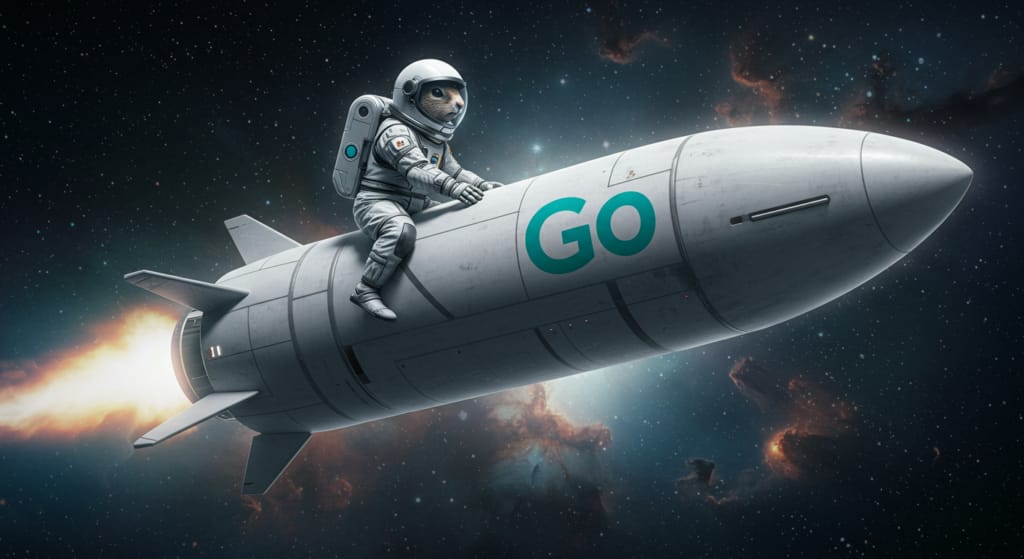
At Uber, we take advanced research work and use it to solve real world problems. In our Science at Uber video series, Uber employees talk about how we apply data science, artificial intelligence, machine learning, and other innovative technologies in our daily work.
As a graduate student at UC Berkeley, Suzette Puente, Data Science Manager, used statistics to understand and explain animal mobility patterns. At Uber, Suzette and her team apply similar techniques to forecast traffic patterns. By leveraging spatiotemporal correlations, they can better predict travel time estimates and generate improved routes for driver-partners on our platform.
Check out our other Science at Uber videos:
-
- Science at Uber: Building a Data Science Platform at Uber
- Science at Uber: Bringing Research to the Roads
- Science at Uber: Powering Uber’s Ridesharing Technologies Through Mapping
- Science at Uber: Applying Artificial Intelligence at Uber
- Science at Uber: Making a Real-world Impact with Data Science
- Science at Uber: Innovating Across Digital and Physical Worlds
Interested in applying the latest research to solving real world problems? Consider joining our team!

Molly Vorwerck
Molly Vorwerck is the Eng Blog Lead and a senior program manager on Uber's Tech Brand Team, responsible for overseeing the company's technical narratives and content production. In a previous life, Molly worked in journalism and public relations. In her spare time, she enjoys scouring record stores for Elvis Presley records, reading and writing fiction, and watching The Great British Baking Show.
Related articles

Meet the 2020 Safety Engineering Interns: COVID Edition
October 29, 2020 / Global
Most popular

Adopting Arm at Scale: Bootstrapping Infrastructure

Adopting Arm at Scale: Transitioning to a Multi-Architecture Environment

A beginner’s guide to Uber vouchers for riders




